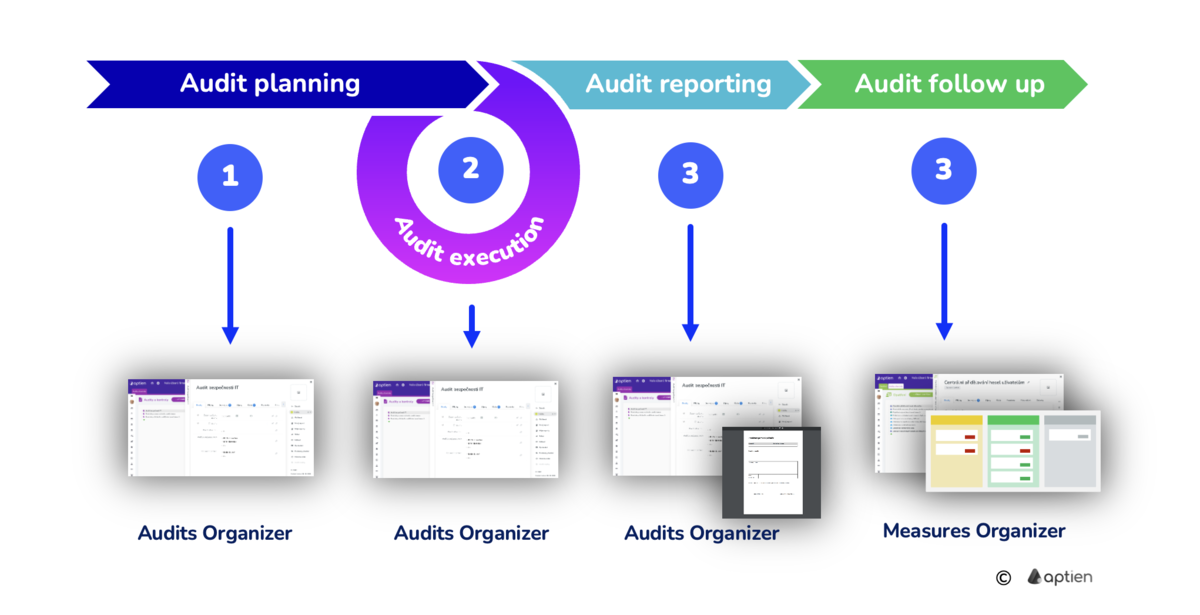What is an internal quality audit?
Quality audits are conducted to ensure a quality system is in compliance with policies and standards, which can vary depending on the business run by a company. There are many industries or standards to follow.
- An internal audit is known as a first-party audit, and is done within your own company by your own employees
- Internal audits are performed for a variety of reasons, but the ultimate objective is to measure your strengths and weaknesses within your own company
- Internal audits are a tool for continuous process improvements as a rearview mirror
Standardized internal quality process
Despite the variety of internal audits, the procedure is the same. Internal quality audits are conducted via a systematic, independent and documented process, whereby the auditor reviews evidence and objectively determines if the findings satisfy the effectiveness of the system or process being audited.
Steps for conducting internal audits
The essential steps in internal quality audit involved are: planning, executing, reporting and follow up measures. When you're conducting an internal audit, your company has complete control over the process. Use Aptien Audit organizer to support all these phases that will help you meet your audit objectives and follow your procedures.
Audit planning
- The key to an effective audit, whether internal or external, is good planning.
- Use activity plans to create audit checklist
Audit execution
- Confirm
- Collect audit documentation
Audit reporting
- After conducting the quality audit itself, use reporting to create pdf from audit
- Or share audit result in digital form.
Audit follow ups
- Use measures organizer for long-term measures
- Use tasks management tools to manage immediate work and follow up tasks
